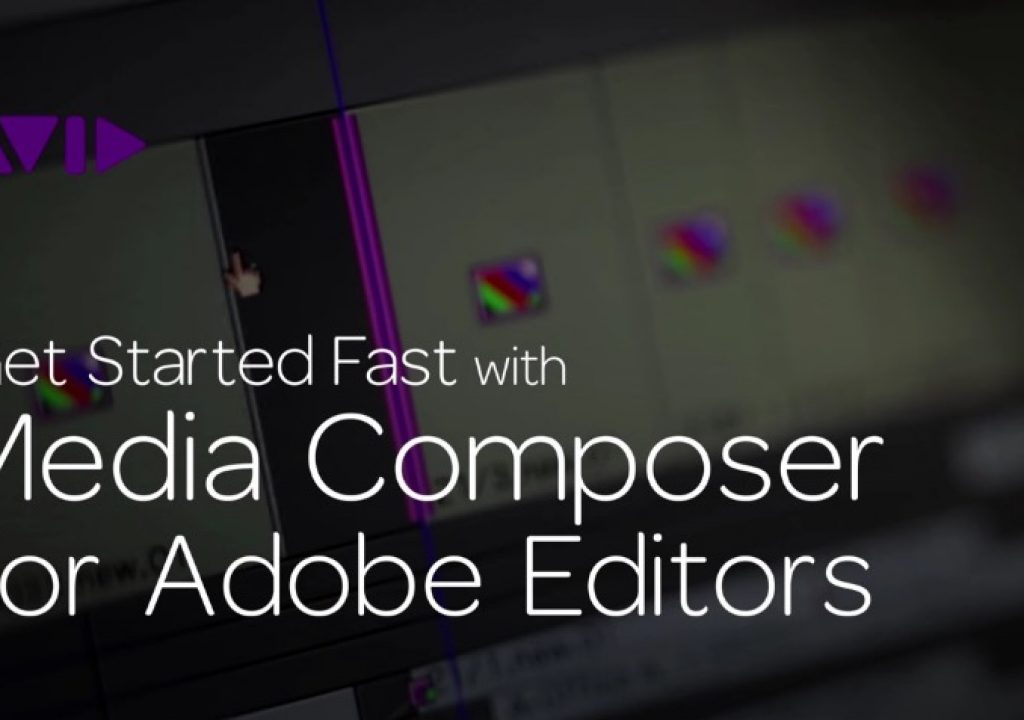This tutorial series is designed for Premiere Editors to get a quick look at the important, fundamental differences in Avid Media Composer, so they can get up to speed editing quickly!
I always find these tutorials to be a little tricky to…..”get right”. Many editors might think that this is a tutorial series designed to get Premiere editors to switch from Premiere to Media Composer but, believe it or not, it isn’t. For many editors, we work in such software diverse facilities that you’ll find Media Composer, Premiere and even FCPX seats all in the same facility, working on the same, and different projects. I’ve already created a great tutorial series for Final Cut editors looking to get up to speed with Media Composer that you can find at the attached link. This five part tutorial series is designed to teach you fundamental differences between Premiere and Media Composer, so that if you have to jump onto a Media Composer station and start editing, these tutorials will help you. What’s important to keep in mind, though, is that these lessons are NOT designed to teach you how to edit, but teach you main concepts like Project Creation, Acquiring Media, Media Management, Effect & Titling and Editing and Exporting your Timelines. As I mentioned, Part one is all about the project, as Media Composer handles projects a little differently than Premiere. Premiere’s projects are one file. One file to rule them all. This leads to interesting (and potentially devastating) concerns with what happens if a project corrupts? Media Composer handles its projects differently. A project is just a shell that holds your bins, and that’s where Media Composer differs from pretty much all the other NLE’s out there. You have access to any and all of the bins you’ve created in your project, so if you need to send one to the other side of the building, or the other side of the world, you can fire it off through your company’s internal network, or via e-mail. To be honest, this is something that can almost go unnoticed to a new editor, but experienced editors will find this very handy. Something else that’s an important workflow fundamental that we discuss in this lesson, is that when you are setting up your project, don’t think of your project creation settings as how you’re going to work, think of them as how you’re going to export your final product for delivery to your client, or to the station. We discuss this idea in this lesson, and then I’ll show you how everything will come full circle in part of of the series. Enjoy!



